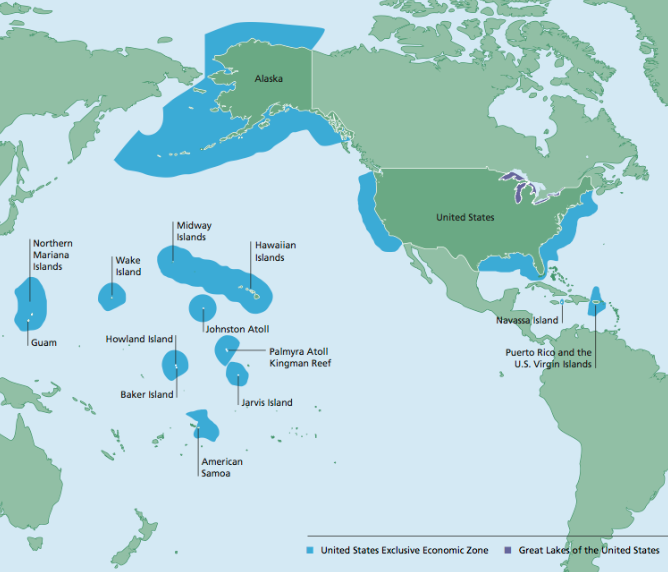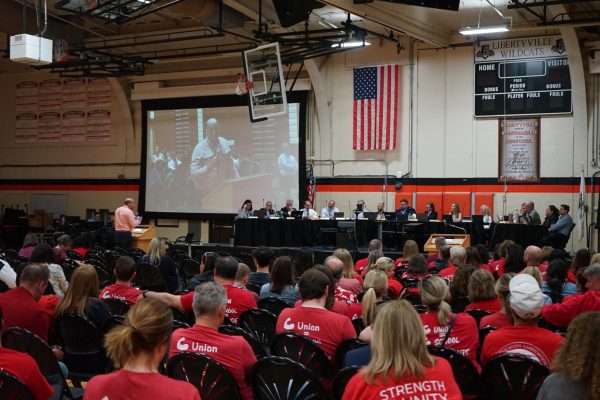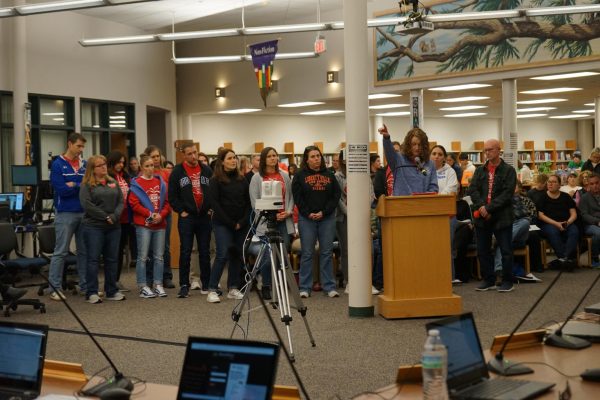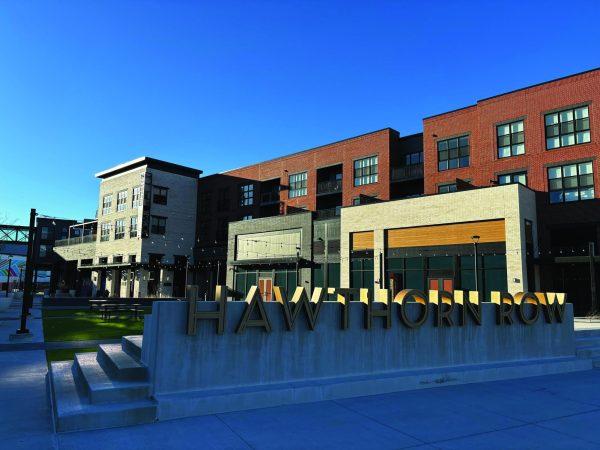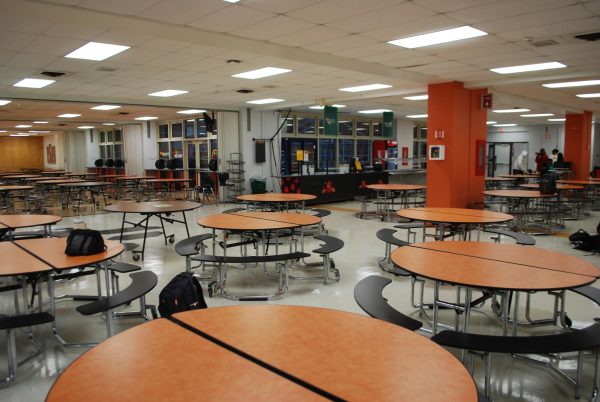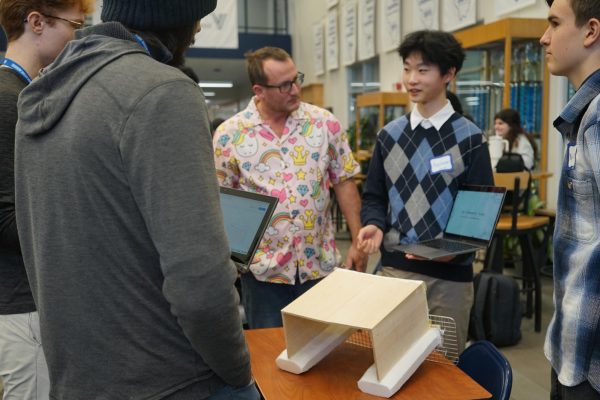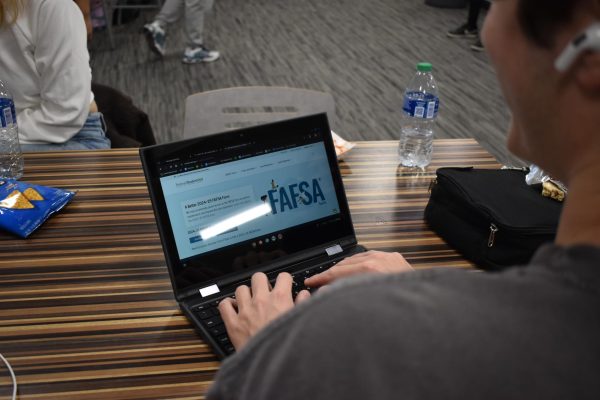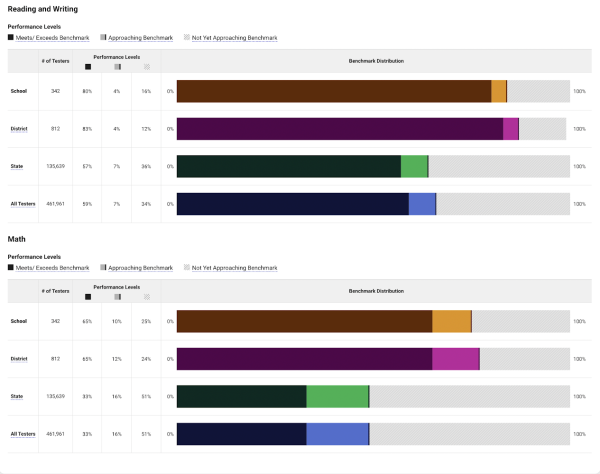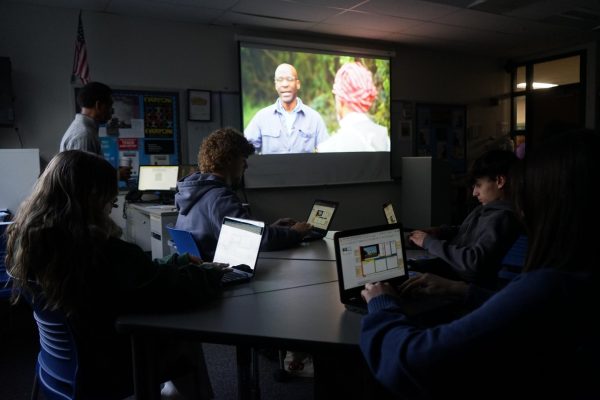Imperialism: not so two thousand and late after all
Perhaps while checking the results for the Illinois primary last month, you noticed that 72.8% of republican voters in the Northern Mariana Islands voted for Donald “Nobody builds walls better than me” Trump on the same day. To which, like me, you probably were quite surprised that the Northern Mariana Islands existed, let alone Donald “Nobody builds walls better than me” Trump now has nine pledged delegates representing him at the GOP convention this summer because of its inhabitants.
So what’s going on?
The Northern Mariana Islands, along with Puerto Rico, the Virgin Islands, Guam, and the American Samoa, are territories of the United States. Its inhabitants are considered American citizens and can vote in primary elections.
The United States has held territories even before it was governed by the constitution; under its first government, the Articles of Confederation, it created the Northwest Territory through the Northwestern Ordinance.
The islands in the Caribbean and Pacific that the United States holds today is a result of Western imperialism in the late nineteenth and mid-twentieth centuries. These types of imperialism can be categorized into four of the following ways:
- Colony: Is part of the country that it is governed by. America does not currently have any colonial possessions, though some of its notable ones in the past include Cuba, Puerto Rico, and the Philippines.
- Protectorate: Is its own state protected by a larger country. These countries or territories are self-governed. For America’s contemporary use, this term is interchangeable with “insular holding.” America holds Guam, the Northern Mariana Islands, Puerto Rico, and the U.S. Virgin Islands as protectorates.
- Economic imperialism: Controlled by private business interests, and not the government’s, this type of imperialism affects independent but underdeveloped lands. This occurred in modern-day Hawaii, where Dole Fruit company controlled it before it became a state.
- Sphere of influence: A country that experiences this kind of imperialism is under the economic control of another country, which can include investment or trading privileges. A notable example of this is the sphere of influence that America held in China in 1899 through 1900.
The territories that the United States holds, which are under the sovereign jurisdiction of the federal government, can be categorized in a variety of ways.
- Territories: Essentially just portions of the United States that have not been admitted as states. Their special status sets them apart because they don’t have the same legal and political rights as formal states.
- America holds three territories: the American Samoa and Guam, which are located in the Pacific Ocean, and the U.S. Virgin Islands, which are located in the Caribbean Sea.
- Commonwealths: Political units similar to a state; however, they are not required to pay federal taxes and only have one representative in Congress that cannot vote. These holdings obviously have less status than a U.S. state but have more than that of a territory.
- America has two commonwealths: Puerto Rico, which is located in the Caribbean Sea and the Northern Mariana Islands, which is located in the Pacific Ocean
- Military bases: Inhabited largely by military personnel and are governed by military laws.
- Noteworthy bases: Okinawa, Japan and Guantanamo Bay, Cuba.
- Incorporated territories: The constitution is in full effect, but these territories are simply too small in population to become states.
- Incorporated territory: Palmyra Atoll. Located in the Northern Pacific Ocean, it’s owned by a nature conservatory and has no permanent settlement. In fact, Google lists its population as “4-20.”
- Unincorporated territories: Areas controlled by the government where fundamental rights are applied, which include the right to due process, freedom of speech, religion, privacy, marriage, interstate and intrastate travel, equality, assembly, and to bear arms. Other constitutional rights are unavailable to these territories.
- All of America’s holdings, besides Palmyra Atoll, are unincorporated territories.
- Unorganized territories: The most specific level of categorization for unincorporated territories. In these areas, the local government either does not exist or exists only in an undeveloped form.
- America has 13 unorganized territories. The American Samoa is the only one of those territories that are populated.
The American Samoa is self-governed and its citizens are considered US Nationals, which can live and work anywhere in the United States, but could not vote if they were to move to the United States. However, they could apply for citizenship if they were resident aliens.
The other four American territories, which include Puerto Rico, the Virgin Islands, Guam, and the Northern Mariana Islands, have organizational status. They are considered such because they all passed the Organic Act, which establishes a local government in a territory ruled by America.
All inhabitants of these territories are considered U.S. citizens. Though they are citizens, they can only vote in primary elections, not federal elections. Because the electors that elect the President and Vice-President are appointed by citizens of states, citizens in territories, therefore, cannot vote in the general election because they do not live in states.
In terms of representation at the federal level, these territories have one representative each in congress that cannot vote in on the floor, but only in a committee.
Guam, located in the Pacific Ocean, is nearly 7,180 miles away from the United States. The remnants of its significance to World War Two remain in the 29% of its land that is covered by American military bases and its high levels of Japanese tourism because of a soldier named Shoichi Yokoi.
The Northern Mariana Islands are American’s newest territory. Much like other holdings, they were a part of the 1898 Treaty of Paris. What makes them unique, however, is that they were ceded to Germany, not the United States.
In the post-war years, the United Nations put the islands under the management of the United States, along with Micronesia, Palau, and the Marshall Islands. This management is referred to as the Trust Territory of the Pacific Islands.
Similar to the American Samoa, it would seem that the Northern Mariana Islands prefer to be in a subordinate status. While all other parts of the Trust Territory of the Pacific Islands gained independence, the Northern Mariana Islands chose to remain a territory of the United States.
The most well-known territory of the United States is undoubtedly Puerto Rico. Populated by 3.5 million people, its population is higher than those of every other territory combined. Also, Puerto Rico is the closest territory to the United States, with a distance of approximately 1,015 miles away from the mainland.
As aforementioned, it became an American territory after the Spanish-American War. Within the first 50 years of being an American territory, most of its people wanted independence from the United States.
However, there is currently a movement that’s led by the desire to make Puerto Rico America’s 51st state. In a referendum, its electorate voted they would rather have Puerto Rico become an American state rather than gain its independence.
Though it is the only American territory with Spanish as its official language, it is also the most populated and closest to the states. The possibility of Puerto Rico becoming an American state is a hotly debated topic.
As aforementioned, all five American territories have their say in the primary elections. To briefly explain primary elections: when a voter selects a candidate, they also select the pledged delegates that will vow for him or her at the party’s convention. Superdelegates, however, are not committed to supporting any candidate at the convention.
The American Samoa held its Democratic caucus on March 1st, with Hillary Clinton receiving 68.4% of the vote, giving her four pledged delegates. Bernie Sanders won the remaining 25.7% of the vote and received two pledged delegates. The territory has five superdelegates up for grabs.
The Republican caucus in the American Samoa was held on March 22nd. Because its delegate allocation is direct rather than proportional, like the Democrats, the territory’s six pledged delegates are uncommitted.
The GOP’s convention in Guam on March 12th also allocated its delegates directly. Ted Cruz received one pledged delegate and the other nine delegates are still not pledged. The Democratic race for Guam has yet to occur; it is scheduled for May 7th.
Inhabitants of the Northern Mariana Islands made their voices heard on March 12th and 15th. Clinton got 54% of the vote, earning her four pledged delegates, while Sanders got 34.4% of the vote, earning him 2 pledged delegates. Five superdelegates remain.
The delegate allocation for the Republicans on March 15 was winner-take-all. Recall that Donald “Nobody builds walls better than me” Trump received 72.8% of the vote, earning him nine pledged delegates.
Unfortunately for the 73.8% of the Puerto Rican electorate that voted for Marco Rubio, he has dropped out of the race. There is no news of Rubio releasing the delegates he earned while he participated in the race, including the 23 who were from Puerto Rico. The Democratic race for the territory is scheduled for June 5th.
Clearly popular in the Caribbean, Rubio also won the most delegates from the direct election in the U.S. Virgin Islands. Rubio won two pledged delegates, Cruz and Donald “Nobody builds walls better than me” Trump won one each, and two delegates remain uncommitted. The Democratic race for the U.S. Virgin Islands is scheduled for June 4th.
For many, it is likely surprising that the United States holds territories. Even more surprising is that the citizens of those territories aren’t guaranteed the full rights and representation that American citizens are, which is simply based on the location of their birth.
While Puerto Rico is likely on its way to statehood, the other territories will never have that status: they are too small in population and too far away in location to become states. For the sake of democracy, perhaps they should gain their independence. Isn’t that what America preaches, anyway?

